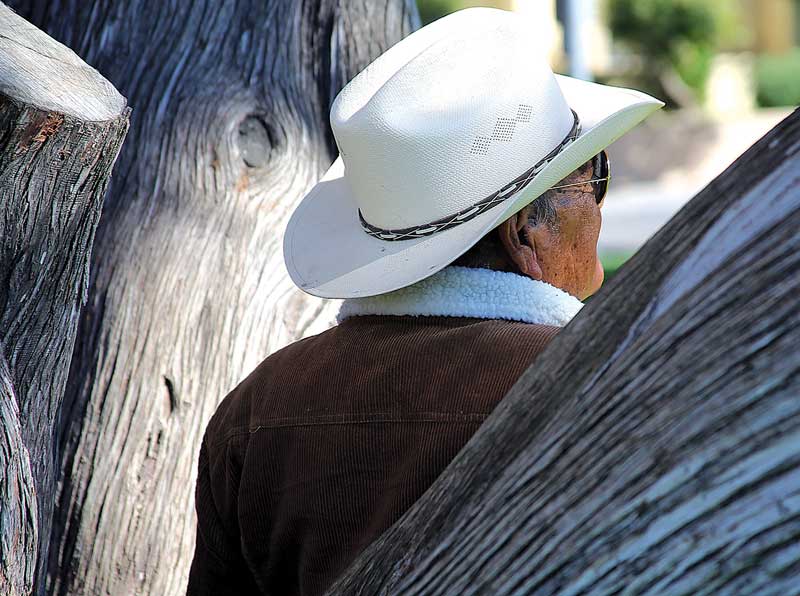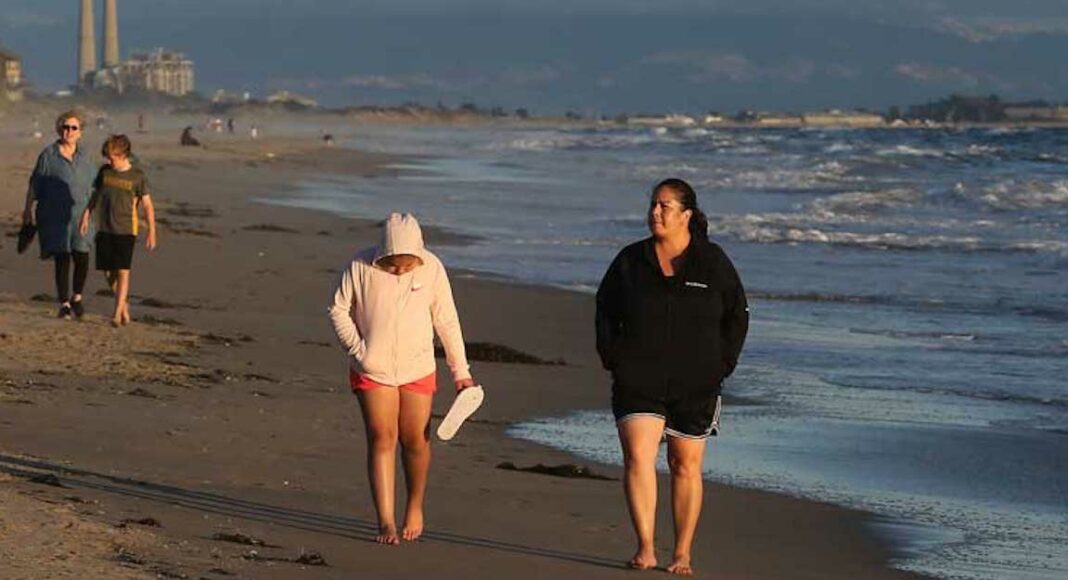Summer is in full swing, and with Covid-19 restrictions loosening more every day, people are once again heading outside for some warm, seasonal fun.
But all outdoor activities come with built-in risk. Too much exposure to the sun’s ultraviolet (UV) rays can cause everything from premature wrinkles to life-threatening skin cancer.
This is why medical professionals are urging people to protect themselves and their loved ones this summer.
“Warm weather is here, and it’s time to pay extra attention,” said Dr. Joyce Orndorff, a family medicine physician and assistant physician in charge of Kaiser Permanente Santa Cruz County. “Skin cancer is real, and it can happen to anyone.”
According to the American Academy of Dermatology, one in five Americans will develop skin cancer in their lifetime. An average of 7,000 Americans die from melanoma, the most severe type, every year. To put it in perspective—that is more than the current population of Corralitos and Pajaro combined.
Orndorff explained that different types of skin cancer are determined by where it starts to develop on the body. Other risks of exposure, including skin thinning, blotchiness and spider veins are cumulative, meaning they build up over time, and can eventually turn precancerous.
Debunking skin myths
Misinformation about skin health and risks regularly circulate. One of the most common (and dangerous) myths, Orndorff said, is that only fair-skinned people are at risk of skin cancer.
“If you look at the stats, OK, you have less of a chance,” she said. “However, it’s only slightly lower. Even if you’ve never sunburned in your life, you can still get skin cancer. The problem is that it’s harder to detect. And that can be especially deadly when it’s something like melanoma.”
Tanning, Orndorff said, is another major issue.
“You hear people say they want to get a ‘base tan’ for the summer… a common perception is that it’s healthy,” she said. “But if pale turns into any shade of pink, tan, gold… that means UV rays have been hitting you, and you have sun damage.”
There are two types of UV rays: UVA and UVB. UVB are shorter rays that can cause sunburn, turning you lobster-red and sensitive. UVA radiation is much more common and penetrates deeper layers of the skin. Recent studies have shown that UVA rays cause the most harm—and yet, they do not turn your skin red.
Orndorff said she’s also heard claims of needing more sun to absorb enough Vitamin D. But the risk of Vitamin D deficiency is very low, she said, “unless you hide in a cave for the rest of your life.”
“Most people will get enough Vitamin D in just their daily routine,” she said.

Best practices
There are many ways people can protect themselves and their families from sun damage. Sunscreen is one of the best tools. The Academy of Dermatology recommends a sunscreen with an SPF of 30 or higher, broad spectrum and water resistant. SPF 30 will block at least 97% of the sun’s UV rays.
“There are lots of sunscreens out there. Creams, lotions, sprays, sticks… It’s mind boggling,” Orndorff said. “But whatever you’re using, it’s OK. Anything is better than 0%. Whatever you can get your hands on, use it.”
It’s important to use enough; Orndorff recommends a shot glass amount of sunscreen to cover your entire body. Then reapply every couple of hours, especially if you’re sweating or swimming.
Clothes can also help in keeping your skin safe. Rash guards and sleeves work great for kids, instead of having to wrangle them to lather on more sunscreen. And of course, hats, especially wide-brimmed ones.
“Never underestimate hats,” Orndorff said. “I keep one in my car all the time. There are people who say they can’t pull off hats… But no. You can rock a hat. It doesn’t make you look like a mushroom. I promise.”
Lastly, be strategic about where and when you go out into the sun. The Skin Cancer Foundation has reported that the most significant amount of UV rays hit the U.S. in the summer months between 10am and 4pm. Adapt your schedule by going out earlier or later in the day, and be sure to find shade whenever possible.
“We can be smart about our sun safety so we can enjoy being outdoors,” Orndorff said. “Being outside is good for the mind, the body, the soul… So put on that hat, lather up with sunscreen and get out there.”
To learn more about skin cancer and preventative measures, go here.













